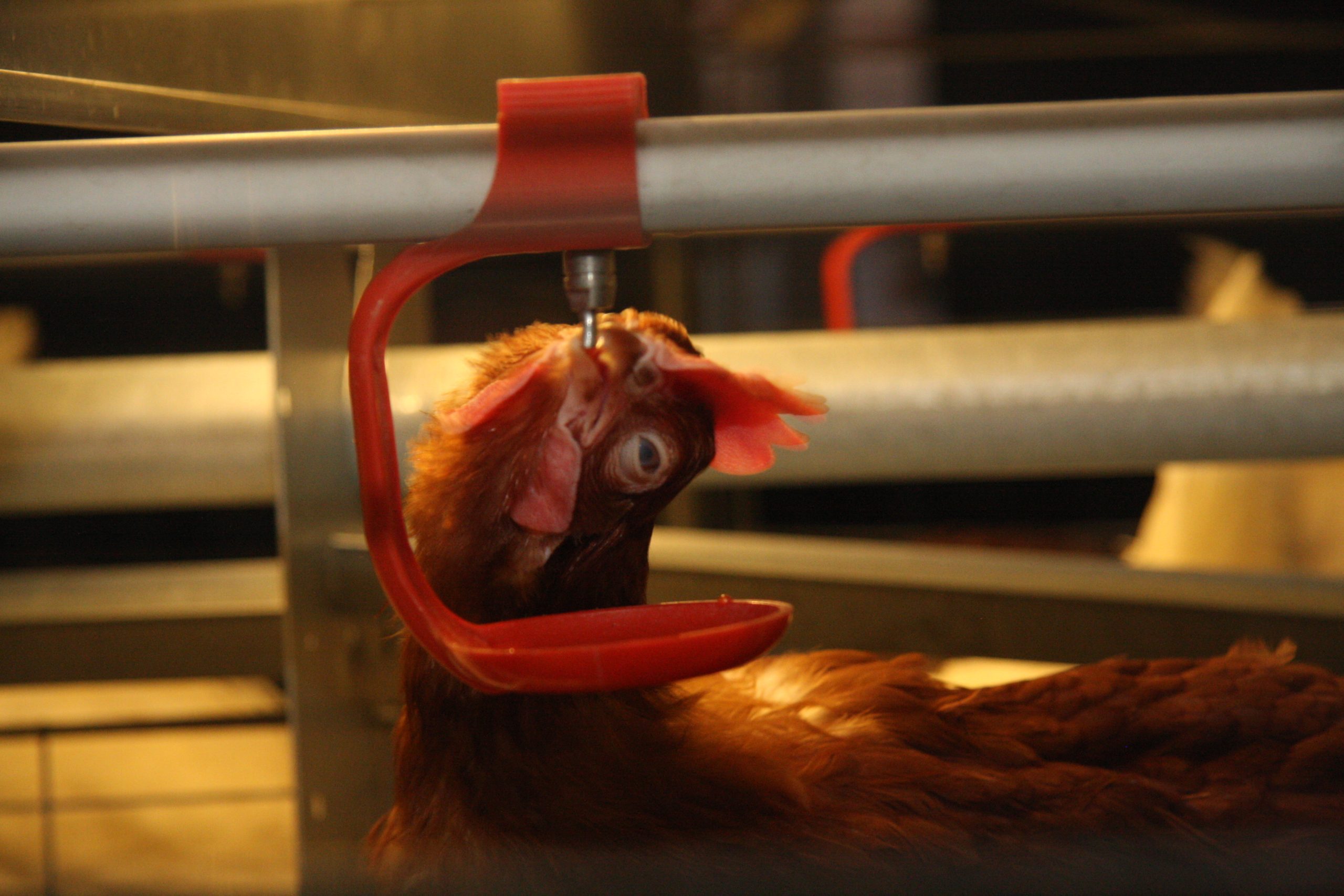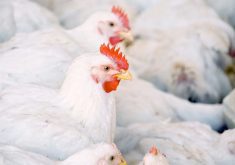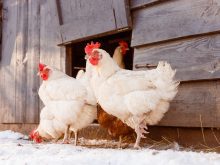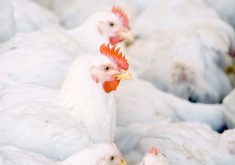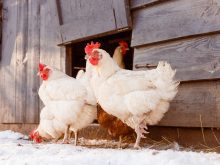As migratory birds wing their way south, they’re leaving cases of bird flu in their wake across the country.
The problem is especially acute in British Columbia, where producers, industry groups and governments are trying to keep the seasonal problem from worsening.
Eight premises are currently infected with H5N1 highly pathogenic avian influenza (HPAI) in B.C. and one in Saskatchewan. Canada estimates that 11.1 domestic birds have been affected, according to the latest data from the Canadian Food Inspection Agency’s website. All of the B.C. cases are near Chilliwack and Abbotsford.
Read Also
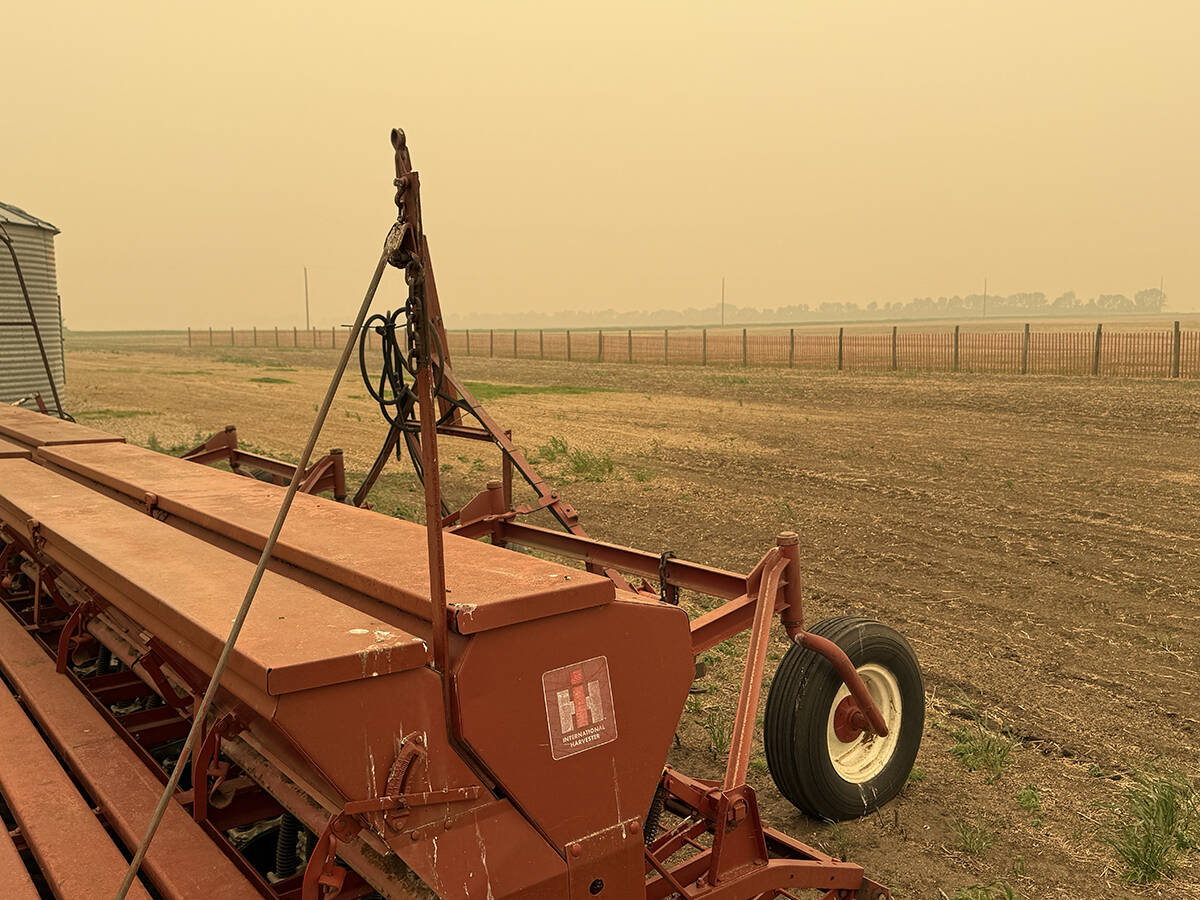
Wildfires have unexpected upside this year
One farmer feels smoke from nearby wildfires shrouded the July skies and protected his crop from the sun’s burning rays, resulting in more seeds per pod and more pods per plant.
“I think there’s definitely worry and apprehension in the industry because in the last two years in a row — and this is the third year — the growers have seen HPAI cases around this time,” said Natalie Veles, executive director of British Columbia Turkey.
The culprits for the new cases are migratory birds, Veles said, and Dr. Theresa Burns, B.C.’s chief veterinary officer, agrees. Waterfowl, such as ducks and geese, carry avian influenza viruses north to south. They like to rest in standing water in the Fraser Valley, especially during wet years.
“We get large numbers of waterfowl — in the Fraser Valley, specifically — and they’re shedding the avian influenza virus into the environment,” Burns said.
This particular strain of the virus has been infecting farms in the area for three years. Industry groups and the provincial and federal governments have been helping producers prepare for and reduce the risk of avian influenza over the last number of years.
“We’ve seen our poultry industry really step up,” Burns said.
Different orders are in place for the infected premises under the Animal Health Act, she added. British Columbia Turkey and other poultry groups in the province are working closely with the CFIA to ensure infected premises are quickly quarantined and managed.
“We’re also sharing a lot of good information as we go through the outbreak,” Veles said.
“The industry is handling it the best we can.”
When HPAI is confirmed in poultry through lab testing, the CFIA designates the affected area as an infected premises and places it under quarantine. The CFIA may also establish a primary control zone around an infected premises. Movement of poultry, related products and equipment are restricted within this 10 kilometre radius. The locations of active primary control zones can be viewed on CFIA’s website.
If a flock is located within an active primary control zone, producers must obtain a permit to transport birds and their products and byproducts. Permits apply to both small and commercial flocks.
Poultry farms in B.C. have made a lot of improvements over the last two years, including escalations of biosecurity, said Veles.
“We’ve regulated poultry types — broilers, breeders, layers, turkeys and also on the non-regulated side, with ducks — and those are the things that we are really trying to work with the CFIA to understand.”
Generally recommended biosecurity measures include ensuring that birds come only from reputable sources and that any sick birds are promptly isolated from the main flock. Introducing new birds should be done sparingly, and newcomers, as well as those returning from exhibitions, should be isolated before integration. Implementing an all-in-all-out movement for flock management is advisable where feasible.
Basic protocols also say that sanitation is crucial, requiring regular cleaning and disinfection of poultry houses, equipment and handlers’ clothing and footwear. A specific area should be designated for cleaning vehicles and equipment. Protocols also recommend that dead birds and damaged eggs should be promptly disposed of, and plastic crates should be used for bird transport.
Access for visitors should be restricted, with measures in place to prevent other birds, rodents, pets or wildlife from interacting with the flock. Biosecurity measures also recommend that visitors wear clean clothing, boots and gloves, and accurate records of people, animals and equipment moving on and off the premises should be kept. All suppliers and farm visitors should adhere to the biosecurity protocols in place.
Managing flock health requires daily monitoring and regular veterinary support to implement health programs. Thorough records of health, production and treatment are considered essential under such protocols, as is reporting any signs of bird illness to a vet or the CFIA.
Program maintenance includes training staff on biosecurity practices and regularly evaluating the program’s effectiveness. Producers are advised to adjust their biosecurity plans according to local risk levels.
Veles said she hopes that, in working with producers, the CFIA and other groups, it might be possible to discover other risk factors that will allow better control of future outbreaks.
“We need to know what those risk factors are to be able to respond better,” she said.
The CFIA is working closely with the provincial agriculture ministry in B.C. and industry groups to respond to the current infections, a spokesperson for the CFIA told Glacier FarmMedia in an email Oct. 30.
Around 145,000 birds have been affected by HPIA at the six premises in B.C. As per regulations, all of the birds have been humanely killed and disposed of, the CFIA said. Manure, feathers and other material that could spread the disease are disposed of as well, and all premises go through a cleaning and disinfection process overseen by the CFIA.
“The continued detections of HPAI in both wild and domestic birds in Canada is a strong reminder for anyone raising birds to remain vigilant of HPAI and ensure they have effective biosecurity measures in place,” the spokesperson wrote.
If this year follows the same pattern as the previous two, Burns is hopeful that the cases of HPIA B.C. is currently experiencing will drop off in December.


